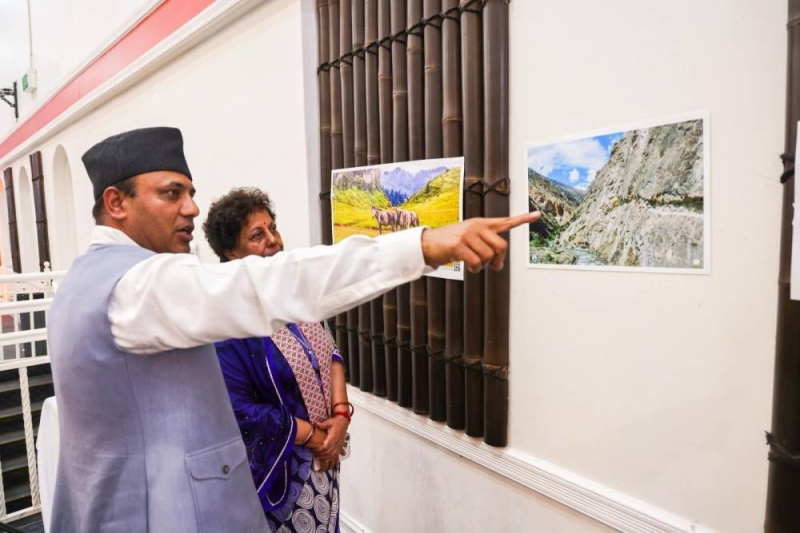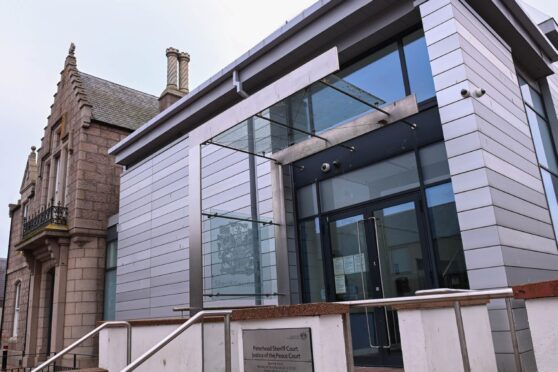
Blue zones are a lovely idea, but they likely don’t exist. In fact, the extreme age of people who live in these areas may be more due to poor record keeping than healthy lifestyle habits. Examples of blue zones include Okinawa in Japan, Loma Linda in California, Sardinia in Italy and Ikaria in Greece.
These areas have been studied in detail to understand why their people live such long and healthy lives and, more importantly, what we can do to emulate their longevity successes. The common factors include daily activity, drinking red wine, prioritising family, eating vegetables, having faith in something, taking time off, and celebrating life. These are (mostly) all very sensible things most people could integrate into their lives.

But while all the blue zones mentioned have these factors in spades, it doesn’t take long to realise that endless small towns around the world, particularly in the Mediterranean, share these traits, yet lack exceptional longevity. Why do these blue zones have populations that are routinely dying at over 100 years of age if it’s not down to the factors listed above? It’s worth looking more closely at these areas and the factors that unite them. Some other factors common to blue zones include poor birth and death registration, poverty, specifically old-age poverty, high crime rates, worse health metrics, and remote regions of birth.
In some blue zones, rates of smoking are often as high as 50 per cent, and rates of illiteracy reach as high as 80 per cent. This is not exactly what you would expect from an area where people are supposed to have exceptionally long and healthy lives. As a centenarian or supercentenarian who has lived to over 110 years, you would have been born when the record-keeping of births and deaths was either not present or less robust.
The number of supercentenarians plummeted after the rollout of mandatory birth registration and census keeping in the United States. This suggests that when formal record-keeping was mandated, self-estimations of age, which were common practice at the time, were no longer accepted. But the strange birth registration issues don’t end there.
Supercentenarians born in the US are 1.5 times more likely to be born on the first day of the month. In Japan, that figure rises to 2.
7 times. This, to put it mildly, seems a little odd. When countries attempt to count their true number of centenarians, they are frequently surprised to learn that many of them are already dead.
A 2010 Japanese investigation discovered that almost a quarter of a million of their centenarian population was already deceased. A similar investigation in the US found that 35 per cent of all supercentenarians were already dead. Of all the supercentenarians in the US and France, not one has an authentic birth certificate.
Record-keeping for those born in the early 1900s in areas of the world that have struggled with poverty has been subpar. In reality, blue zones may be more of an artefact of poor record keeping rather than lifestyle. But that doesn’t mean we should ignore the lifestyle patterns identified in blue zones.
They probably won’t be the determining factor that gets you to 110 years of age; they are, however, a great place to start if you want to add ten years to your life and live to 90. Rather than focusing on blue zones, it is better to examine lifestyle factors in longer-term studies and see how they impact lifespan. When people get the basics right by age 50 – not smoking, maintaining a normal weight, being active daily, maintaining modest alcohol intake, and maintaining a good diet – they can extend their lives by over a decade.
That is more than a 10 per cent life extension. This means that the average male who gets these factors in check by age 50 will die on average at 87, and the average female who gets them right will live on average to 93. Getting them right is unlikely to get you to 110, as the blue zones would suggest, but you’re likely to live significantly longer than those who don’t get them right.
What is even more important is that getting these healthy factors right can delay the onset of many serious medical conditions, including heart disease, cancer and type 2 diabetes, by 10 years. An additional 10 years without a major illness means the life years gained will be much higher quality. Adhering to these healthy patterns does not guarantee longevity, but it seriously increases the odds.
If following a “blue zone” diet or way of life seems attractive to you, the data shows that it will likely extend your life by over a decade – just don’t plan on it extending your life to over 110 years of age. For that, you might need to work on your birth certificate forgery skills. Dr Paddy Barrett is a preventive cardiologist at the Blackrock clinic and author of Heart An Owner’s Guide.















